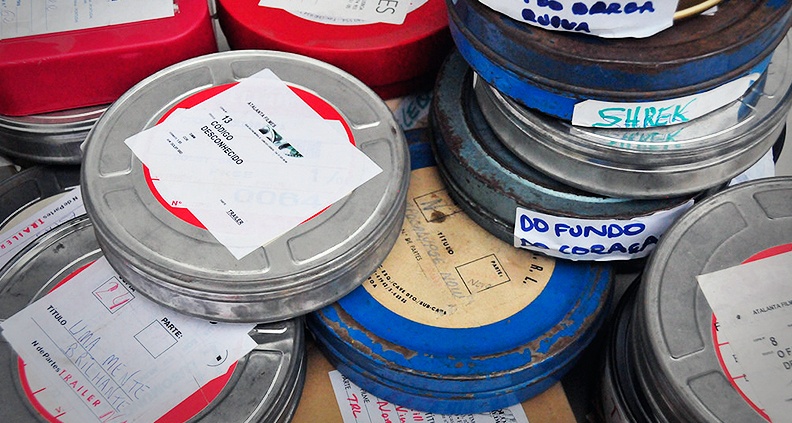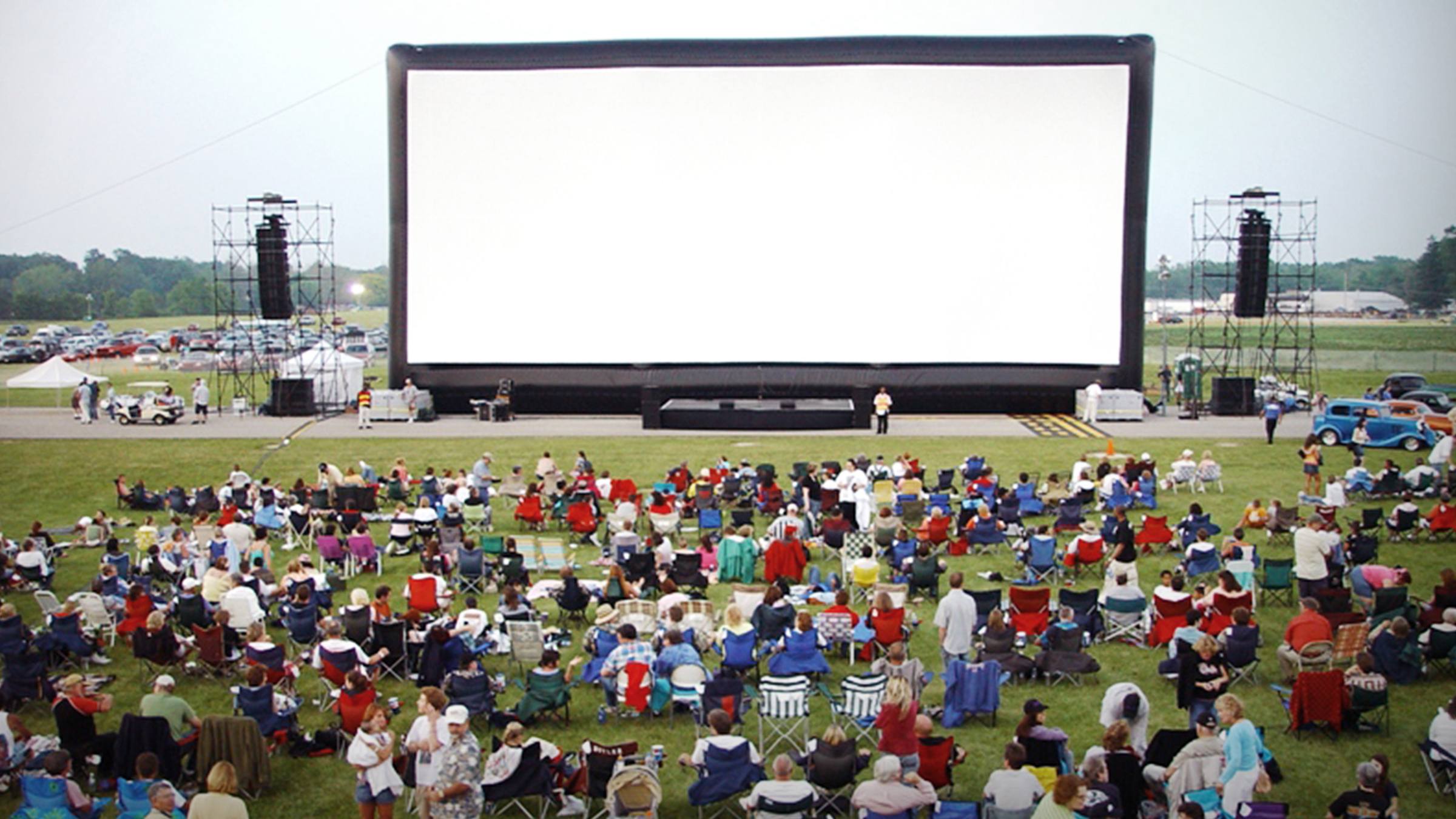From the Archives: Tips to Start Thinking of Your Film – and Yourself – as a Brand
EDITOR’S NOTE: The following article originally ran in February of this year and is being republished here with minor edits. Special thanks to blogger Meri Hilalian.
***
In this new media landscape, with a plethora of attention-grabbing indies being released with astounding regularity, smart filmmakers need to start thinking about distribution and marketing right from their project’s get-go. And that means building a brand. Now, you might be hesitant of all of this “brand-building” talk when it comes to your own film. But this brand building is exactly what will increase your odds of being seen–of your film finding an audience in such a crowded, competitive marketplace.
On January 15, Film Independent welcomed filmmaker and distribution expert Jon Reiss—author of Think Outside the Box Office: The Ultimate Guide to Film Distribution and Marketing for the Digital Era—to speak to Members on the importance of creative brand-building.
Crafting a successful marketing and distribution plan means pivoting at every stage. Setting goals gives you a framework to work from, yes, but goals might shift over the course of your film’s journey, and that’s for the better. The key here is to seek the optimal solution, which means constantly modifying your plan.

There’s no one-size-fits-all template. “Every media project is different and needs its own distribution and marketing plan,” said Reiss. “Every filmmaker is different. Every filmmaker is at a different stage in their career; everyone has different goals.” Reiss says that all films invite different audiences, and that people consume media in different ways.
So start by asking: what’s my goal? Think about your film’s brand and where you’ll reside in the media landscape. And contemplate your brand, individually, as a filmmaker. “How does your brand as a filmmaker fit [within] the brand of the film?” Reiss asked. “It’s just a tool, to think of yourself as a brand.” These tools, he says, can easily help you conceptualize what you can do to get the word out about your project to the right people.
Who is the audience for your film and how will you connect with them? “This is the world where creativity can really change the marketplace, and you can show [your investors and branders] something unique about what you’re going to bring to getting your film out into the world” and “how you’ll distribute your film to this audience,” he said.
Moreover, your distribution and marketing plan is an evolving document. “Essentially, whatever strategy you use, even when you are embarking on the release, you’ll probably pivot at some point.” So if things aren’t working, try a different strategy! “This document, this plan will change over the course of making the film. Over the course of finishing the film, and then even during the release, this plan will change.”

But! “It does give you a framework and forces you to really boil down what’s important to you: what your goals are, what are your potential avenues,” Reiss continued. So if you’ve thought of different audiences in advance, “Maybe you start with one or two audiences, but then you have to think about pivoting to another audience—and how am I going to connect with that audience.”
Your goals shouldn’t be to necessarily have a theatrical release or an “I-want-to-screen-my-film-in-this-particular-way” mentality. Any kind of festival release, any kind of theatrical release, any kind of Netflix deal, which is often what most filmmakers initially say is what they want for a goal, is just a tool to achieve a goal,” said Reiss. That goal? Finding an audience, however you can find it.
Luckily, there are currently myriad different platforms for film distribution. “It takes a little bit of time, a little effort, some money,” he said. The challenge is getting people to hit “play” and to stay with the film from start to finish. And, he says, there’s a subsidiary goal to think about during your film’s release: how to develop a long-term fan base. “Even if your projects change over the course of your career. Chances are there’s going to be some similarity… audiences that are going to want to follow you throughout your career.” And what you do in your release, in Reiss’s view, can either help you develop this or hurt your future.
What’s unique about your project? How can you position it in the media landscape? In other words, what’s the brand of your film? Reiss noted, “I make films about subversive subjects, that’s generally what I do as a filmmaker”—that’s his brand. He added, “I make films about rave music, punk rock, industrial culture, graffiti, etc.” Thinking about what your niche is helps you position your film for press purposes, for its release and the film’s (hopefully) long afterlife.

Just a tip—returning to this concept of branding—to look to your favorite filmmakers, those you admire who create work you’re inspired by. You’ve probably already recognized their consistent style of filmmaking. Because, in Reiss’ words, you want people to say: “I want to go see that film because it’s that.” Because it has a clear style, an identity.
Your identity.